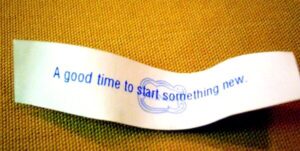#TChat Preview: How Disruptive Technologies Will Empower The Future Of HR
The TalentCulture #TChat Show is back live on Wednesday, May 20, 2015, at its new time from 1-2 pm ET (10-11 am PT). Last week we
The TalentCulture #TChat Show is back live on Wednesday, May 20, 2015, at its new time from 1-2 pm ET (10-11 am PT). Last week we
We typically think of organizational charts as a set of vertically stacked boxes that represent people and their job descriptions. Additionally, the chart illustrates who

In today’s world of work, shift happens. The defining question for leaders is how will you make the most of those dynamics?

Think you’re ready to quit your job and strike out on your own as an entrepreneur? There may be a better path to your professional goals…

Are new technologies emerging so rapidly that organizations can’t keep pace? What’s ahead in HR innovation and how should we prepare?